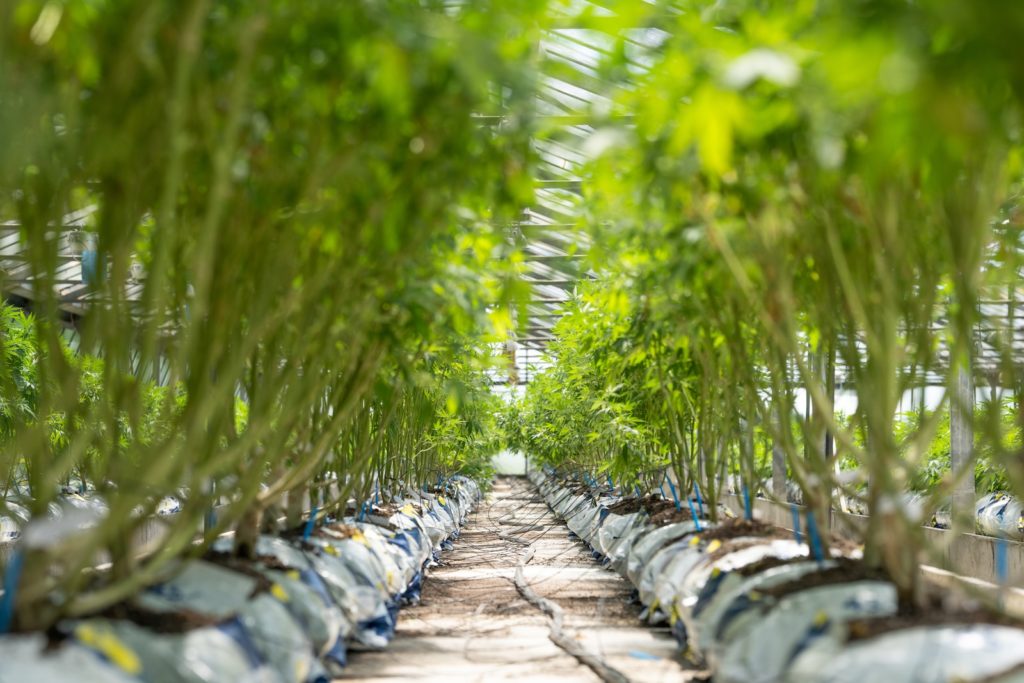Welcome to the intriguing world of botanical mimicry! In this comprehensive article, we’ll delve deep into the realm of plants that often fool us by resembling the notorious weed. Nature’s artistry knows no bounds, and these look-alike plants serve as living examples of its mimicry prowess.
Let’s embark on this educational journey, exploring 25 captivating aspects of what other plants look like weed, sharing insights from personal experiences, and reinforcing our findings with credible sources.
What Other Plants Look Like Weed
Nature’s Masterpieces
In the vast tapestry of flora, some plants have evolved to mimic the appearance of common weeds. This adaptation serves various purposes, from camouflage to survival.
A Closer Look at the Mimics
Here, we’ll take a closer look at some remarkable plants that bear an uncanny resemblance to the weed we’re all familiar with.

The Doppelgangers
1. Wild Chamomile: A Daisy Imposter
Amidst grassy fields, you might spot the wild chamomile, cunningly disguising itself as a daisy. Its delicate white petals and yellow centers make it a convincing ringer for the common daisy.
2. False Nettle: The Weed Pretender
False nettle mimics its namesake closely, with serrated leaves and a penchant for shady areas. It’s often mistaken for true nettles, but don’t be fooled by its harmless appearance.
3. Hemp Dogbane: A Slick Impersonator
Hemp dogbane mimics the leaves of hemp plants with a similar structure and color. This ingenious mimicry can confound even experienced gardeners.
Survival Strategies
4. Camouflage for Survival
Plants that mimic weeds often use this strategy to hide from herbivores or gain an advantage in competing for resources. It’s a fascinating example of nature’s adaptability.
5. Deceptive Defense Mechanisms
Some weed-mimicking plants develop spiky or thorny structures, just like their weed counterparts. This serves as a deterrent to herbivores, ensuring their survival.
Unveiling the Differences
6. Subtle Variations
While these plants may look like weeds at first glance, there are subtle differences that keen observers can spot. We’ll highlight these distinctions to help you tell them apart.
7. Leaf Patterns
Take a closer look at the leaf patterns and structures. Weed mimics often have intricate details that distinguish them from the real thing.
Where to Find Them
8. Habitat Hotspots
Explore the specific habitats where these mimicking plants thrive. From open fields to woodlands, each species has its preferred environment.
9. Geographic Distribution
Discover the regions where these mimicry marvels are most commonly found. Their distribution can vary widely, adding to the intrigue.
The Role of Pollinators
10. The Buzz About Flowers
Weed mimicry extends beyond appearances. Learn how these plants attract pollinators with their convincing blooms.
11. Pollinator Partnerships
Explore the fascinating relationships between mimic plants and their pollinators. It’s a testament to nature’s intricate web of interactions.
Frequently Asked Questions

Q: Can these mimic plants crossbreed with actual weeds?
A: No, they may look alike, but their genetics prevent them from crossbreeding.
Q: Are there benefits to these mimicry tactics for gardeners?
A: Yes, they can be advantageous in natural pest control and biodiversity enhancement.
Q: Can weed mimics be harmful to actual weed plants?
A: In some cases, yes. The competition for resources can affect both parties.
Q: Are there any endangered weed mimicking species?
A: Yes, some mimicry-dependent plants face conservation challenges due to habitat loss.
Q: Do these mimicry strategies evolve over time?
A: Yes, mimicry is an evolutionary adaptation that fine-tunes over generations.
Q: Can humans cultivate these mimic plants intentionally?
A: Yes, some gardeners appreciate the beauty and benefits of these plants and cultivate them on purpose.
Conclusion
As we conclude our exploration of what other plants look like weed, we’ve uncovered the hidden world of botanical mimicry. Nature’s ability to adapt, deceive, and thrive never ceases to amaze. Remember, while these plants may resemble weeds, they have their own unique roles in ecosystems.
We hope you’ve enjoyed this journey into the world of plant mimicry. Next time you encounter a plant that looks like a weed, take a closer look—it might just be one of nature’s incredible doppelgangers.
